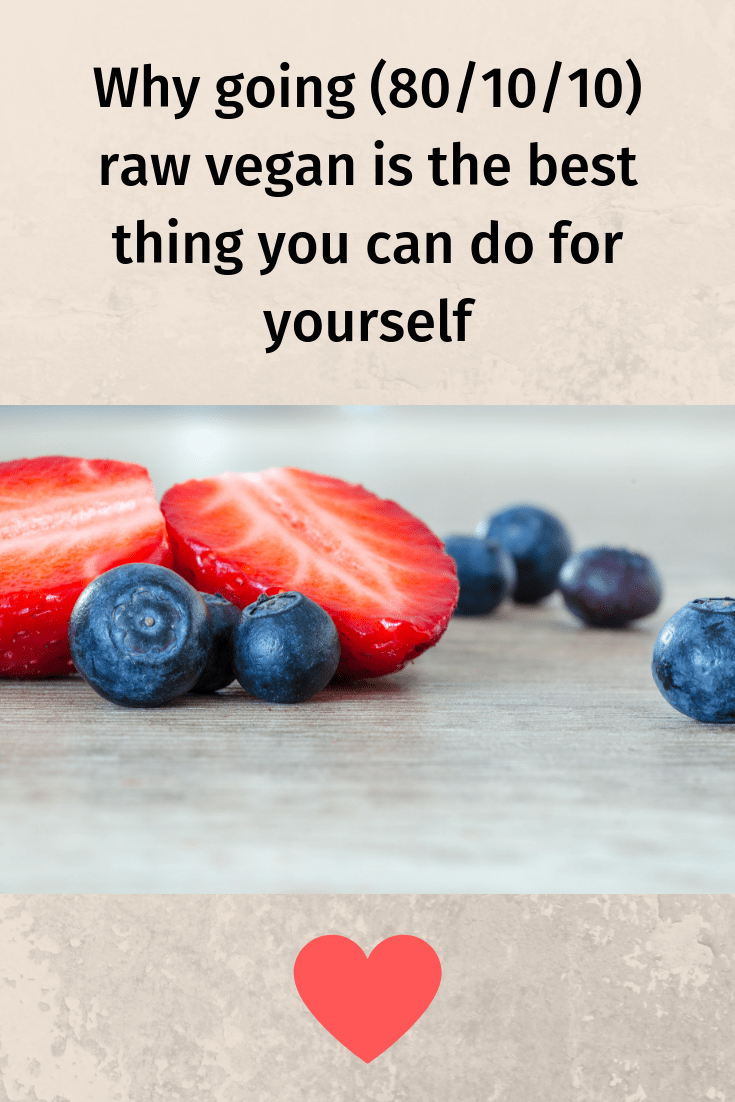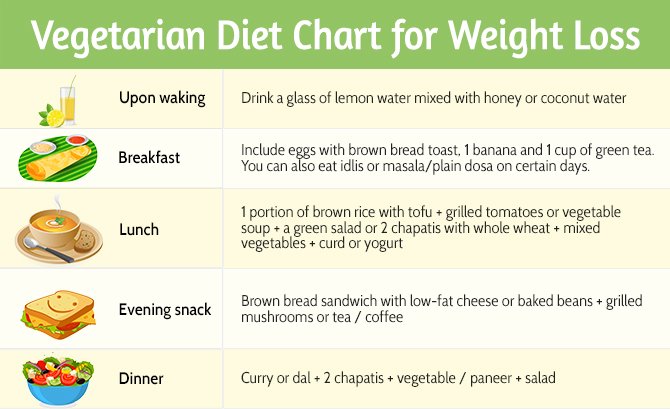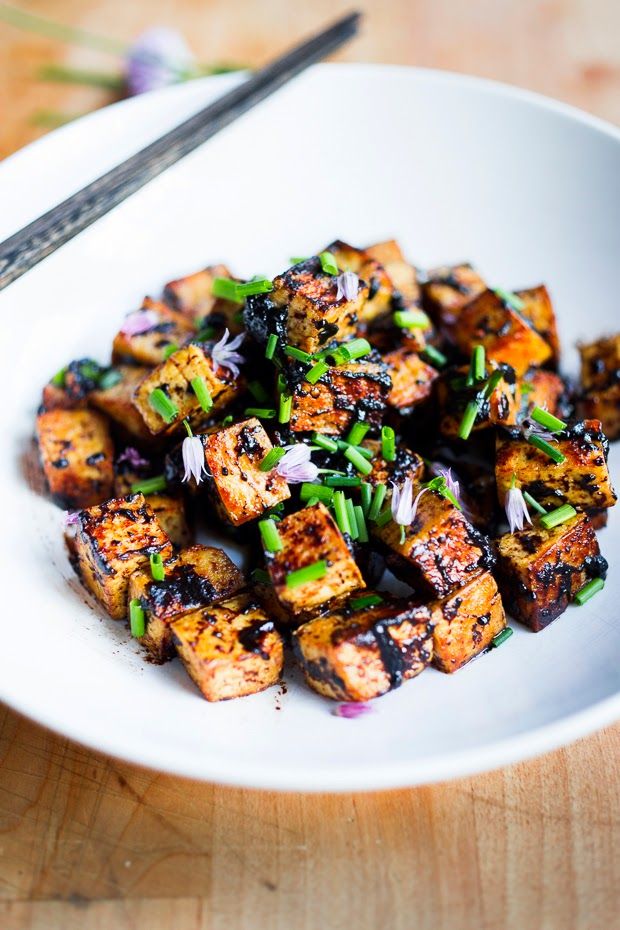
Bad Manners (previously Thug Kitchen) is an excellent blog for those who are interested in plant-based blogging. Her recipes are extremely easy to prepare, and don’t taste lacking in meat or milk. These recipes are so popular that Gwyneth Paltrow has featured them and her blog is a New York Times Bestseller. To get started, you can also buy her cookbook, Eat Like You Give A F*ck.
Sam Turnbull's blog
Sam Turnbull, a vegan blogger and author is well-known. She has been featured on TV, radio, and in many publications. Fuss-Free Vegan has been published in its second edition. She also co-hosted a cooking show with Michael Smith, and was awarded the #LoveLentils contest.
Sam's blog revolves around vegan comfort food. Her recipes can be made in no time using ingredients readily available at your local grocery. She offers tips and tricks to help you cook stress-free while still enjoying delicious, nutritious meals.

Emilie Hebert's blog
Emilie Hebert's blog about plant-based living is a valuable resource. She encourages readers cook at home, as well as eat real food, to make healthy food choices. She stresses the importance of exercise and eating lots of fruits and vegetables. She also stresses the importance of avoiding extremes in nutrition and encourages readers to appreciate their bodies by cooking from scratch and enjoying the fruits and vegetables they eat.
Her love for plants can be seen on her blog as well as Instagram. She shares her top plant-based recipes and offers valuable advice about how to choose the best house plants.
The Simple Veganista
If you're looking for delicious, nutritious vegan recipes, The Simple Veganista is the blog for you. Julie Chandra Moskowitz (author and chef) is committed to creating recipes that are affordable and simple to make. Many of the recipes she posts are easy to prepare and require very few ingredients. There are simple recipes such as chocolate chip cookies and more complicated creations such Thai quinoa meatballs. She also offers a plant-based podcast that is available on iTunes.
The Simple Veganista was started by a Spanish couple living in Costa Mesa, California. The blog features whole food vegan recipes, treats, and resources for baking and cooking. The blog contains personal essays as well as inspirational words. It offers tips on sustainable living as well photography and travel.

Nava's blog
Wild About Greens is Nava Logan's plant-based blog, and she's sharing tips for healthy cooking and living. You'll find healthy recipes, shopping tips, and even some ideas for how to remodel your kitchen on her blog. You can also order a copy her cookbook which includes easy-to make comfort foods and an eclectic interior.
Nava has divided her blog on plant-powered living into two sections. Part one is about nutrition and meal planning. Part 2 covers practical aspects of vegan living, such as how to interact with non-vegan family members. For instance, there are plenty of tips for helping kids eat more veggies.
FAQ
How often should I exercise
A healthy lifestyle requires regular exercise. However, there's no time limit on how much you should exercise. Find something you like and stay with it.
If you exercise three times a week then aim for 20-30 mins of moderate intensity. Moderate intensity is when you still have to breathe hard after the workout. This type is good for burning around 300 calories.
For those who prefer to walk, you can go for 10-minute walks four times a week. Walking is low in impact and easy for your joints.
Jogging three times a week for 15 mins is enough if you want to run. Running is an excellent way to lose weight and tone your muscles.
You can start slow if you are new to exercise. Begin by doing 5 minutes of cardio each day, a few times per week. Gradually increase duration until you achieve your goal.
What is the difference of fat and sugar?
Fat is an important energy source, which comes from food. Sugar is a sweet substance found naturally in fruits and vegetables. Both fats (and sugars) have the exact same calories. But fats are twice as calories as sugars.
Fats are stored in the body and contribute to obesity. They can lead to cholesterol buildup in the arteries, which could cause heart attacks or strokes.
Sugars can be quickly absorbed by your body and give you instant energy. This causes blood glucose levels to rise. High blood glucose levels are dangerous as it can increase the likelihood of developing type 2 diabetes.
What is the problem in BMI?
BMI stands For Body Mass Index. It is a measurement of body mass based on height and/or weight. This formula calculates BMI.
Weight in kilograms divided by height in meters squared.
The result can be expressed in a number between 0 to 25. A score greater than 18.5 is considered overweight. A score greater than 23 is considered obese.
A person who is 100kg and 1.75m tall will have a 22 BMI.
What should I eat?
Consume lots of fruits, vegetables. These vegetables and fruits are rich in vitamins and minerals that will keep your immune system strong. They are also rich in fiber, which is good for digestion and makes fruits and vegetables filling. Try to include at least five servings of fruit and veg per day.
Water is essential for your body. Water flushes out toxins and helps you feel full between meals. Drink about eight glasses each day.
Eat whole grains instead of refined ones. Whole grains retain all nutrients including B vitamins, iron and zinc as well as calcium, magnesium, calcium, protein, and magnesium. Refined grains lack some nutrition.
Avoid sugary drinks. Sugary drinks are loaded with empty calories and contribute to obesity. Choose water, milk or unsweetened tea instead.
Avoid fast food. Fast food has very little nutritional value. Although it may taste delicious, fast food won't provide you with the energy you need for your daily activities. Instead, stick to healthier options like soups and sandwiches, pasta, and salads.
Limit your alcohol consumption. Alcohol is a poor nutrient and has empty calories. Limit your consumption to no more then two alcoholic beverages per week.
Reduce red meat intake. Red meats are high-in saturated fats and cholesterol. Lean cuts of beef or pork, lamb and chicken, as well as fish and turkey, are better choices.
What is the difference of a virus from a bacteria?
A virus can be described as a microscopic organism incapable of reproducing outside its host cell. A bacterium is an organism that splits itself in two. Viruses can be as small as 20 nanometers, while bacteria can grow up to 1 micron.
Viruses spread easily through contact with bodily fluids infected, including saliva and urine, semen, vaginal secretions or pus. Bacteria are often spread via direct contact with contaminated surfaces and objects.
Viruses can get into our bodies through cuts and scrapes on the skin, bites or other injuries. They can also enter the body through the nose and mouth, eyes, ears or rectum.
Bacteria can enter our bodies through wounds, cuts, scrapes, burns, insect stings, or other breaks in our skin. They can also be introduced to our bodies by food, water and soil.
Both viruses and bacteria can cause illness. But viruses do not have the ability to multiply within their hosts. So they only cause illnesses when they infect living cells.
Bacteria can spread within the host and cause illness. They can even invade other parts of the body. Antibiotics are needed to eliminate them.
Do I need calories to count?
You might be asking "What is the best diet?" or "is counting calories necessary?" The answer is dependent on many factors like your current state of health, your personal goals, how you prefer to eat, and your overall lifestyle.
The Best Diet For Me: Which One Is Right?
My current health, my personal goals and lifestyle will determine the best diet for me. There are many different diets, some good, some not. Some diets work for some people, while others are not. So what do I do? What can I do to make the right decision?
These are the questions that this article attempts to answer. This article begins with a brief overview of the various types of diets that are available today. After that, you will learn about the pros and disadvantages of each type. We will then look at how to pick the right one for you.
To begin, let's take a quick look at the different types of diets.
Diet Types
There are three types, low-fat, high-protein, or ketogenic diets. Let's talk about them briefly.
Low Fat Diets
A low-fat diet is a diet that reduces the amount fats consumed. This is done by reducing your intake of saturated oils (butter and cream cheese, etc.). You can replace them with unsaturated oils (olive oil and avocados) For those looking to lose weight quickly, a low fat diet is often recommended. This diet can cause constipation, heartburn, and stomach problems. It can also lead to vitamin deficiencies, if someone doesn't get enough vitamins in their food.
High Protein Diets
High protein diets reduce carbohydrates to favor of proteins. These diets are more protein-rich than others. They are meant to help build muscle mass and burn more calories. The downside is that they may not provide adequate nutrition for someone who needs to eat regularly. They can also be very restrictive so they may not be suitable for everyone.
Ketogenic Diets
These diets are also known under the name keto diets. They are high on fat but low in carbs and proteins. These are often used by bodybuilders and athletes because they allow them the ability to train harder and for longer periods of time without feeling tired. But, they require strict adherence to avoid negative side effects like nausea, headaches, and fatigue.
Statistics
- This article received 11 testimonials and 86% of readers who voted found it helpful, earning it our reader-approved status. (wikihow.com)
- The Dietary Guidelines for Americans recommend keeping added sugar intake below 10% of your daily calorie intake, while the World Health Organization recommends slashing added sugars to 5% or less of your daily calories for optimal health (59Trusted (healthline.com)
- Extra virgin olive oil may benefit heart health, as people who consume it have a lower risk for dying from heart attacks and strokes according to some evidence (57Trusted Source (healthline.com)
- According to the Physical Activity Guidelines for Americans, we should strive for at least 150 minutes of moderate intensity activity each week (54Trusted Source Smoking, harmful use of drugs, and alcohol abuse can all seriously negatively affect your health. (healthline.com)
External Links
How To
How to stay motivated to exercise and eat healthily
Healthy living: Motivational tips
Motivational Tips to Stay Healthy
-
List your goals
-
Set realistic goals
-
Be consistent
-
Reward yourself when you achieve your goal
-
Don't give up if you fail at first
-
Have fun!